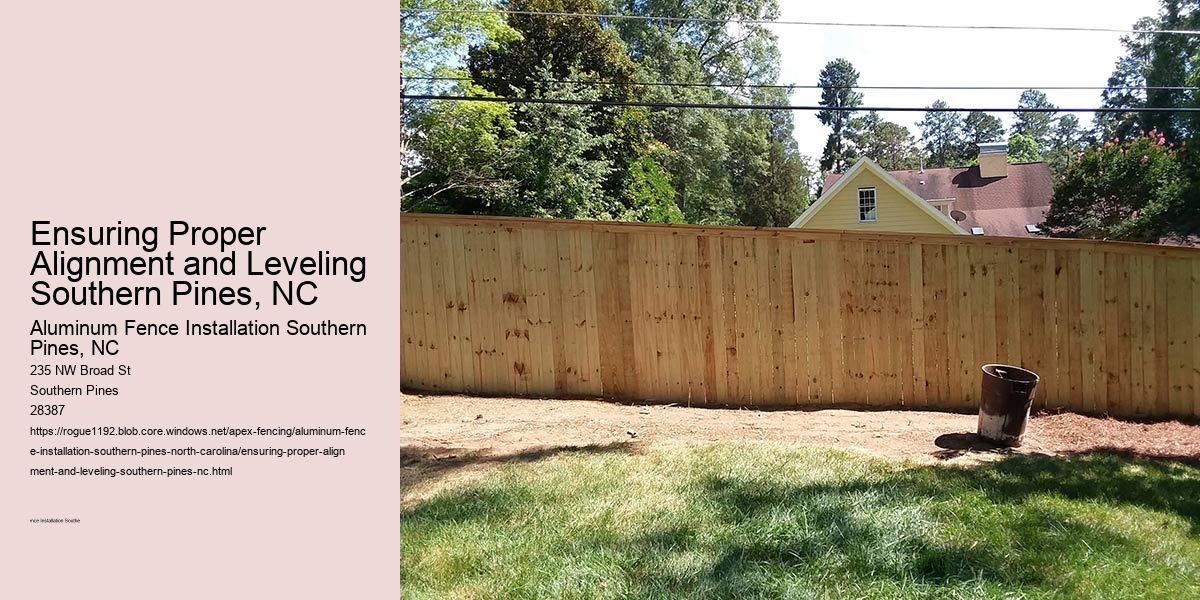Ensuring proper alignment and leveling is an essential consideration in construction and various other fields requiring precision. In Southern Pines, NC, as in any other place with its unique geographical and climatic characteristics, this task takes on particular importance due to the region’s specific environmental conditions.
When embarking on a project that necessitates accurate alignment and leveling—be it for laying foundations, erecting structures, or installing machinery—one must approach the job with meticulous attention to detail. The least probable factor often overlooked is the natural settling of soil over time, which can significantly affect stability.
The tools employed for ensuring precise alignment range from traditional spirit levels to advanced laser levelers. However, even the most sophisticated equipment can yield suboptimal results if not used by skilled professionals who understand their intricacies. Experience plays a pivotal role in interpreting readings correctly; thus, expertise should never be compromised when high stakes are involved.
In Southern Pines, where varying topography can introduce additional challenges to achieving level surfaces and straight lines, contractors must also consider factors such as erosion or shifts caused by extreme weather events. It may seem improbable that such elements would have a considerable impact on a seemingly straightforward process like leveling; however, neglecting these could lead to future complications.
Furthermore, regulations governing construction practices mandate adherence to strict guidelines concerning alignment and leveling. Compliance ensures safety and longevity but also requires staying abreast of local codes that might differ from national standards. Ignorance of these requirements is not only imprudent but could also result in legal ramifications.
Educating oneself about the nuances of the environment and investing time into selecting qualified professionals will pay dividends in ensuring successful outcomes for projects necessitating true alignment and perfect balance. Although it might appear less significant at first glance compared to other aspects of construction or installation processes, this step cannot be underestimated without risking the integrity of the entire endeavor.
In conclusion, Southern Pines presents its own set of challenges when it comes to ensuring proper alignment and leveling. It demands respect for both nature's forces that shape the land and human-induced changes stemming from development activities. By considering every variable—even those seeming improbable—with thorough planning and expert execution, one can guarantee that structures stand solidly aligned today while remaining resilient against whatever tomorrow may bring.
Attaching Panels to Posts Southern Pines, NC

